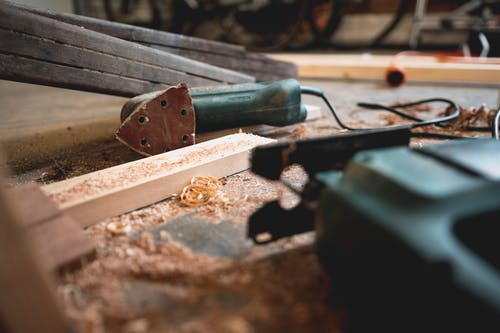When it comes to finding the most reliable and efficient Hydraulic Flange Spreader joints for construction purposes, ensuring they have the right specifications is crucial. There are numerous flange joint spreaders available online, but only the finest ones truly deliver in practical applications.
To aid you in making the right choice, here are some key points to consider when selecting flange spreader joints for pipeline construction projects:
Suitability of the Flange Sets or Joints:
Flange joints designed for hydraulic spreading serve various purposes, such as overhaul, testing, or valve applications, while others are geared towards maintaining the hydraulic or piping system. It is essential to select joints that perfectly match the specific needs of your construction project.
Robust Design for Secure Grip:
Thoroughly inspect the design of each flange joint before making a purchase. The chosen parts should offer a secure grip and seamlessly fit into other components of the system. Ensure that there is no risk of bending or slipping, especially during critical operations. Reading online reviews and requesting sample products from the supplier can help you make an informed decision.
Check the Length and Design of the Spreader Arm:
The spreader arm is a crucial component of any hydraulic flange spreader joint. Pay close attention to the design and length of the spreader arm. It should be symmetric and well-suited for the specific construction project you are undertaking. Verify that each step on the spreader arm is of equal strength and capable of handling the anticipated load.
Gap or Access:
Different flange spreader models come with varying gaps, such as 4 mm, 6 mm, 8 mm, or more. The choice of gap size depends on the requirements of your construction project. When placing an order, carefully review the product descriptions, as they usually include information about the gap. Alternatively, you can directly inquire with the supplier to ensure you get the right hydraulic flange spreader package.
Consider the Spreading Force of the Spreader:
Ensure that the hydraulic flange spreader you choose provides the required spreading force for your project. Smaller pipeline construction projects typically work well with an 8-ton capacity spreader. However, as your construction projects become more substantial, you may need a spreader with a capacity of 14, 16, or even more tonnes. It is crucial to consult with the project manager responsible for the technical aspects of these tools to avoid ordering a product with insufficient or excessive capacity.
Check the Items Included in the Tool Kit:
If you are considering purchasing an entire hydraulic flange spreader joint tool kit, carefully evaluate its contents. Pay attention to factors such as price, capacity, tools included, weight, and the application of the kit. Some toolkits contain only a few pieces, while others come with a more comprehensive selection. An example of a smaller tool kit will have one steel case, one hydraulic flange spreader with coupler, one safety block, and some other stepped blocks. A larger tool kit will have more spreaders, more safety blocks, a hand pump with couplers, hydraulic hose with couplers, and more. Always seek approval from your project manager before making a purchase to optimize cost and application efficiency.
Ensure Wedge Movement Doesn’t Damage the Flange:
When purchasing a flange spreader package, look for assurances that the wedge’s movement will not cause any damage to the spreader or the flange. This ensures that your spreader arm remains intact and reliable throughout your construction projects. Additionally, a supplier guarantee can safeguard you from unnecessary maintenance costs and non-functional products in the long run.
By keeping these key points in mind, you can make a well-informed decision and select the best hydraulic flange spreader joints that perfectly suit your construction needs.

